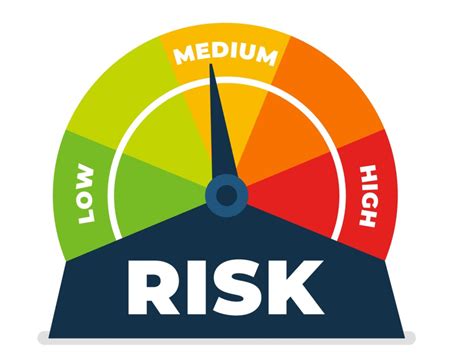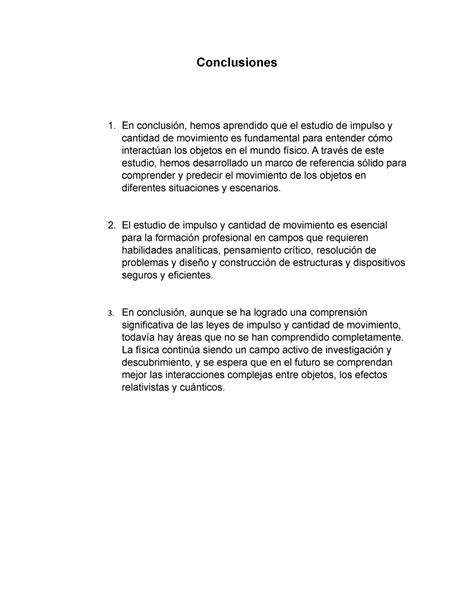Intro
Discover causes of pregnancy lower abdominal cramping, including implantation, miscarriage, and ectopic pregnancy, and learn about symptoms, treatment, and prevention of abdominal pain during early pregnancy stages.
Pregnancy is a complex and delicate process, and any unusual symptoms can cause concern for expectant mothers. Lower abdominal cramping is one such symptom that can be unsettling, especially during the early stages of pregnancy. It is essential to understand the possible causes of lower abdominal cramping during pregnancy to alleviate worries and take necessary precautions. Lower abdominal cramping can be a normal part of pregnancy, but it can also be a sign of an underlying issue that requires medical attention. In this article, we will delve into the various causes of lower abdominal cramping during pregnancy, exploring both the harmless and the more serious reasons behind this symptom.
As the body undergoes significant changes during pregnancy, it is not uncommon for women to experience lower abdominal cramping. This cramping can be mild or severe, persistent or intermittent, and can be accompanied by other symptoms such as spotting, bleeding, or pelvic pressure. While some causes of lower abdominal cramping are benign, others can indicate a complication that requires immediate medical attention. It is crucial for pregnant women to be aware of the potential causes of lower abdominal cramping and to seek medical advice if they experience any unusual or concerning symptoms.
The human body is incredibly resilient, and pregnancy is a testament to its remarkable ability to adapt and change. However, this process can also be fraught with challenges, and lower abdominal cramping is one of the many symptoms that can arise during this time. By understanding the causes of lower abdominal cramping, expectant mothers can better navigate their pregnancy journey, making informed decisions about their health and the health of their unborn baby. Whether the cramping is a normal part of pregnancy or a sign of an underlying issue, being informed and proactive can help alleviate worries and ensure a healthy pregnancy.
Normal Causes of Lower Abdominal Cramping During Pregnancy

- Implantation cramping: This type of cramping occurs when the fertilized egg implants itself into the uterine lining, usually around 6-10 days after conception.
- Hormonal changes: The hormonal fluctuations that occur during pregnancy can cause the muscles in the uterus to contract, leading to cramping.
- Uterine expansion: As the uterus expands to accommodate the growing fetus, the muscles and ligaments that support it can stretch and cause cramping.
- Gas and constipation: The hormonal changes and pressure from the expanding uterus can cause gas and constipation, leading to cramping and discomfort.
- Round ligament pain: The round ligaments that support the uterus can stretch and cause pain and cramping as the pregnancy progresses.
These normal causes of lower abdominal cramping are usually mild and temporary, and can be alleviated with rest, hydration, and over-the-counter pain relievers. However, it is essential to consult with a healthcare provider if the cramping is severe, persistent, or accompanied by other concerning symptoms.
Abnormal Causes of Lower Abdominal Cramping During Pregnancy

- Miscarriage: Lower abdominal cramping can be a sign of a miscarriage, especially if it is accompanied by bleeding or spotting.
- Ectopic pregnancy: An ectopic pregnancy occurs when the fertilized egg implants itself outside of the uterus, usually in the fallopian tube. This can cause severe lower abdominal cramping, bleeding, and other symptoms.
- Placental abruption: This condition occurs when the placenta separates from the uterus, causing bleeding, cramping, and other symptoms.
- Preterm labor: Lower abdominal cramping can be a sign of preterm labor, especially if it is accompanied by other symptoms such as back pain, pelvic pressure, and vaginal discharge.
- Urinary tract infections: UTIs can cause lower abdominal cramping, burning during urination, and other symptoms.
These abnormal causes of lower abdominal cramping require immediate medical attention to prevent complications and ensure the best possible outcome for both the mother and the baby.
When to Seek Medical Attention
It is essential to seek medical attention if you experience any of the following symptoms:- Severe or persistent lower abdominal cramping
- Vaginal bleeding or spotting
- Pelvic pressure or back pain
- Fever or chills
- Vaginal discharge or odor
- Severe nausea or vomiting
- Dizziness or fainting
If you are experiencing any of these symptoms, contact your healthcare provider immediately. They can assess your symptoms, perform any necessary tests, and provide guidance on the best course of action.
Risk Factors for Abnormal Lower Abdominal Cramping

- Previous miscarriage or ectopic pregnancy
- History of uterine surgery or abnormalities
- Multiple pregnancy (twins, triplets, etc.)
- Placenta previa or other placental abnormalities
- Pre-existing medical conditions such as diabetes, high blood pressure, or kidney disease
If you have any of these risk factors, it is essential to discuss them with your healthcare provider and monitor your symptoms closely.
Prevention and Management
While some causes of lower abdominal cramping cannot be prevented, there are steps you can take to reduce your risk and manage your symptoms. Some of these steps include:- Maintaining a healthy weight and diet
- Staying hydrated and avoiding constipation
- Avoiding heavy lifting or strenuous activities
- Practicing good hygiene and avoiding UTIs
- Getting regular prenatal care and monitoring your symptoms
By taking these steps, you can reduce your risk of abnormal lower abdominal cramping and ensure a healthy pregnancy.
Conclusion and Next Steps

Final Thoughts
Pregnancy is a complex and delicate process, and it is essential to be informed and proactive about your health and the health of your unborn baby. By staying informed, monitoring your symptoms, and seeking medical attention when necessary, you can navigate your pregnancy journey with confidence and ensure a healthy and happy outcome.What are the normal causes of lower abdominal cramping during pregnancy?
+Normal causes of lower abdominal cramping during pregnancy include implantation cramping, hormonal changes, uterine expansion, gas and constipation, and round ligament pain.
What are the abnormal causes of lower abdominal cramping during pregnancy?
+Abnormal causes of lower abdominal cramping during pregnancy include miscarriage, ectopic pregnancy, placental abruption, preterm labor, and urinary tract infections.
When should I seek medical attention for lower abdominal cramping during pregnancy?
+You should seek medical attention if you experience severe or persistent lower abdominal cramping, vaginal bleeding or spotting, pelvic pressure or back pain, fever or chills, vaginal discharge or odor, severe nausea or vomiting, or dizziness or fainting.
We hope this article has provided you with a comprehensive understanding of lower abdominal cramping during pregnancy. If you have any further questions or concerns, please do not hesitate to comment below or share this article with your friends and family. Remember to stay informed, stay proactive, and prioritize your health and the health of your unborn baby.
